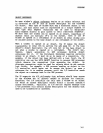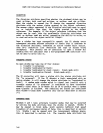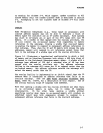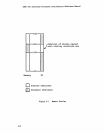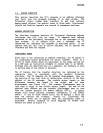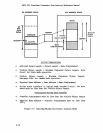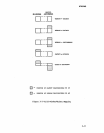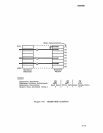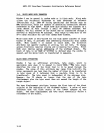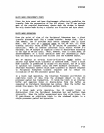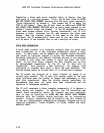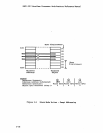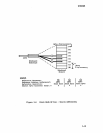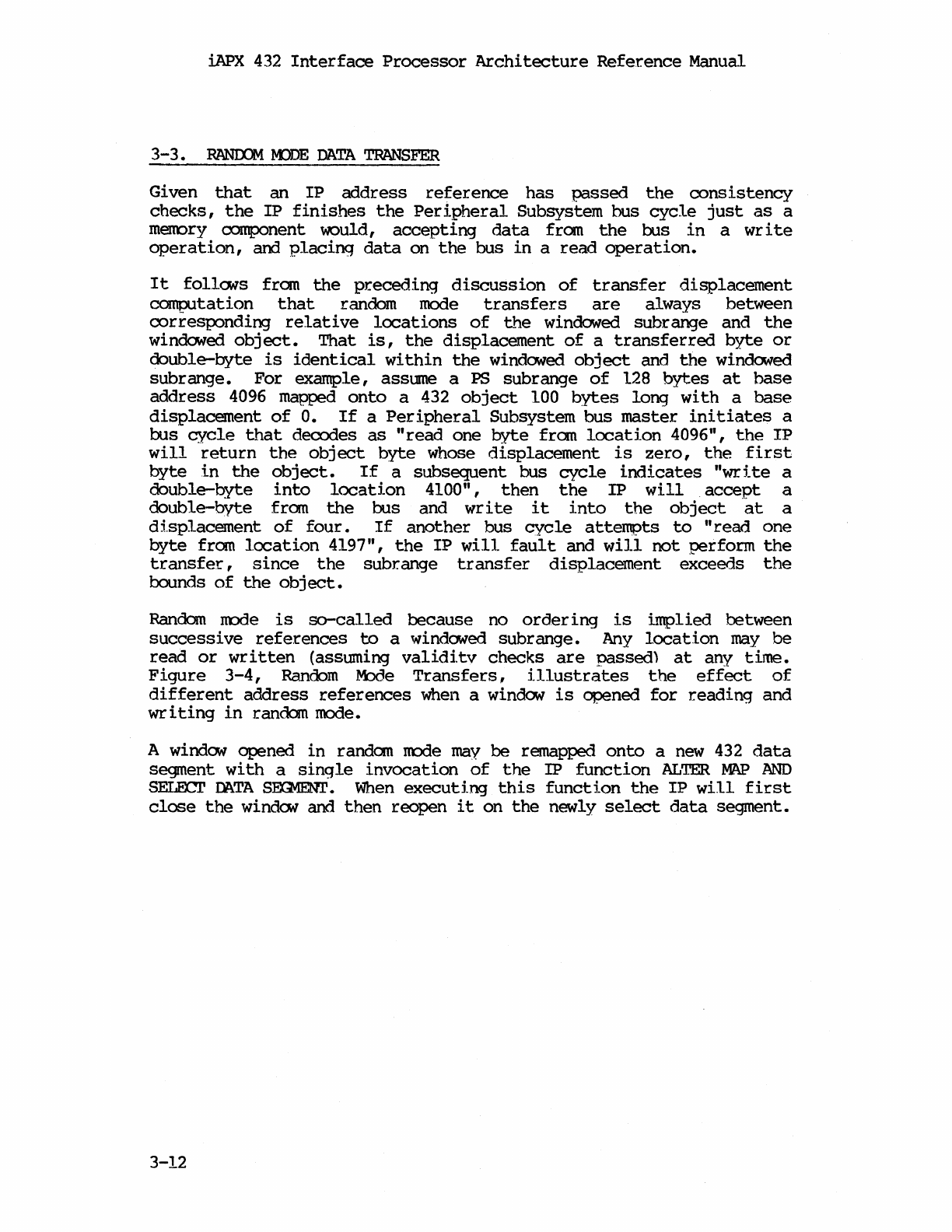
LAPX
432
Interface
Processor
Architecture
Reference
Manual
3-
3.
RANOOM
mOE
DATA
TRANSFER
Given
that
an
IP
address
reference
has
passed
the
consistency
checks,
the
IP
finishes
the
Peripheral
Subsystem
bus
cycle
just
as
a
menory oomponent would,
accepting
data
from
the
bus
in
a
wr
i
te
operation,
and
placing
data
on
the
bus
in
a
read
operation.
It
follCMS from
the
preceding
discussion
of
transfer
displacement
computation
that
random
mode
transfers
are
always between
corresponding
relative
locations
of
the
windowed
subrange
and
the
windowed
object.
That
is,
the
displacement
of
a
transferred
byte
or
double-byte
is
identical
within
the
windowed
object
and
the
windowed
subr
ange.
For
example, assume a
PS
subr
ange
of
128
bytes
at
base
address
4096 mapped
onto
a 432
object
100
bytes
long
with
a
base
displacement
of
O.
If
a
Peripheral
Subsystem
bus
master
initiates
a
bus
cycle
that
decodes
as
"read
one
byte
from
location
4096",
the
IP
will
return
the
object
byte
whose
displacement
is
zero,
the
first
byte
in
the
object.
If
a
subsequent
bus
cycle
indicates
"write
a
double-byte
into
location
4100" ,
then
the
IP
will
accept
a
double-byte
from
the
bus
and
write
it
into
the
object
at
a
di.splacement
of
four.
If
another
bus
cycle
attempts
to
"read
one
byte
from
lccation
4197",
the
IP
will
fault
and
will
not
perform
the
transfer,
since
the
subrange
transfer
displacement
exceeds
the
bounds
of
the
object.
Random node
is
so-called
because
no
order
ing
is
implied
between
successive
references
to
a windowed
subrange.
Any
location
may
be
read
or
written
(assuming
validitv
checks
are
passed)
at
any
time.
Figure
3-4,
Random
~e
Transfers,
illustrates
the
effect
of
different
address
references
when a window
is
opened
for
reading
and
wr
i
ting
in
random mode.
A window opened
in
random node
may
be
remapped
onto
a
new
432
data
segment
with
a
single
invocation
of
the
IP
function
ALTER
MAP
AND
SELECr
MTA
SEXNENl'.
When
executing
this
function
the
IP
will
first
close
the
window and
then
reopen
it
on
the
newly
select
data
segment.
3-12




